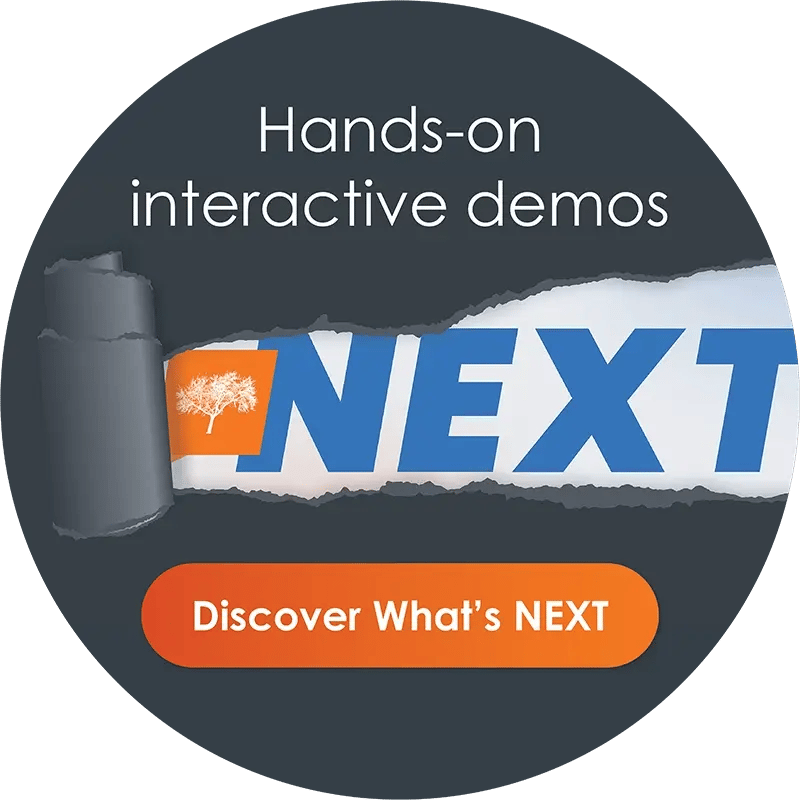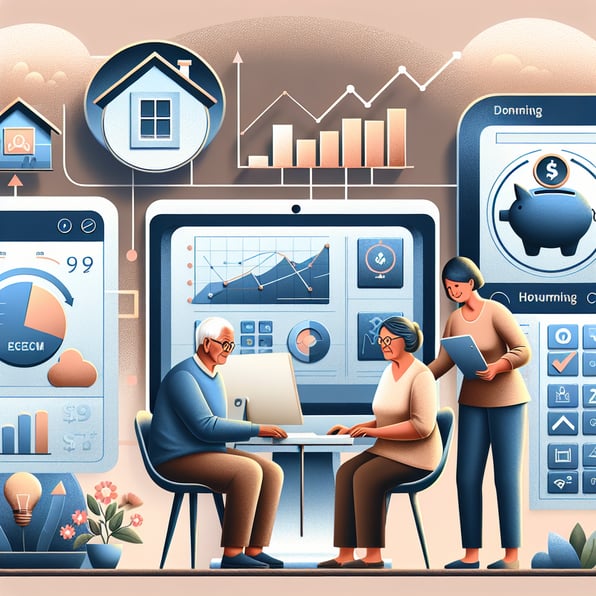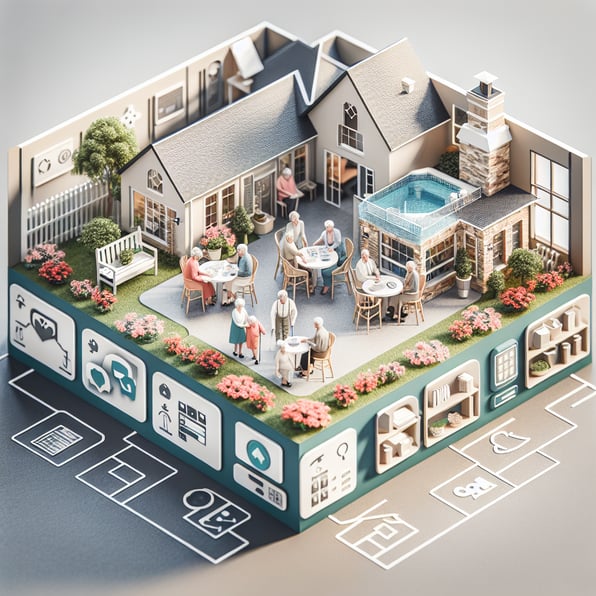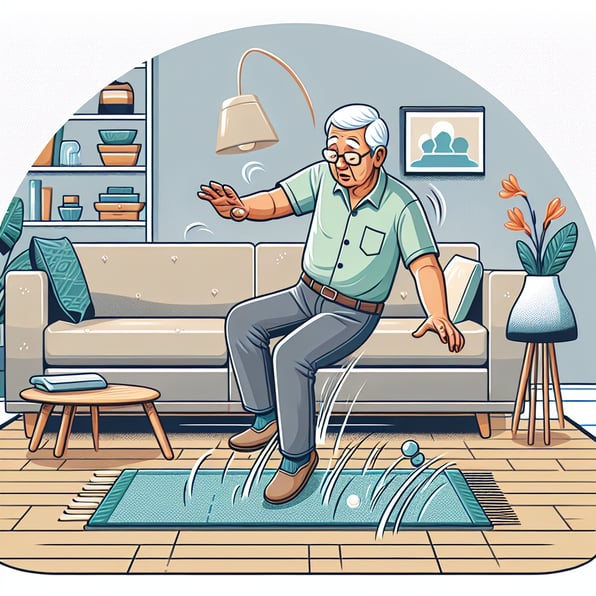5 Types of Point of Sale (POS) Systems for Senior Living
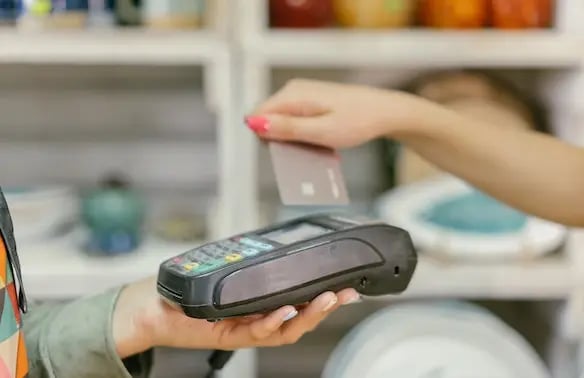
For senior living operators, mealtime can be one of the most hectic and stressful parts of the day. Ensuring every resident gets the correct meal and accurately billing all menu items requires a herculean effort–especially if you still rely on handwritten orders and outdated systems.
Senior living communities can address these issues, though, and enhance the dining experience with innovative point of sale (POS) software like eMenuCHOICE. These tools offer many convenient features, such as online ordering and real-time inventory management.
Of course, it can be challenging to determine which POS system for senior living is right for your community. Luckily, this guide covers the most common kinds of point of sale systems and their benefits and drawbacks.
Cloud-Based POS Systems
Cloud-based POS solutions store financial records and other data on remote servers. Caregivers can access the POS system from any compatible device, and information syncs in real time. For instance, caregivers can take in-room orders from residents, and food service staff will instantly see the requests.
|
Pros of Cloud-Based POS Software |
Cons of Cloud-Based POS Systems |
|
Accessibility: Caregivers can access this software from any location by using laptops, smartphones, and other devices. |
Lack of Customization: Communities typically can’t customize these POS systems to accommodate their branding and unique workflows. |
|
Constant Updates: Cloud-based systems automatically install vendor updates, so the software always has the latest features. |
Data Security Threats: Cloud-based software may be more vulnerable to data leaks and other cyberattacks despite security measures. |
|
Scalability: Communities can easily scale their dining operations up by adding more devices. |
Cost: Most cloud-based POS software charges monthly subscription fees, which can add up over time. |
|
Technical Support: Cloud-based vendors typically offer ongoing technical support, so senior living communities don’t need to hire in-house IT professionals. |
Internet Dependence: A cloud-based system will stop working if the Internet goes down, so it may not be the best choice for communities with unstable connections. |
Integrated POS Systems
Integrated POS software combines multiple business processes into a centralized system. They also integrate with senior living software like Eldermark’s electronic health records system.
|
Pros of Integrated POS Software |
Cons of Integrated POS Software |
|
Better Communication: Integrated POS software improves communication between healthcare providers, dining services staff, and administrators. |
Complexity: Integrated software often has many capabilities and features, so staff may need to spend extensive time completing training modules. |
|
Increased Efficiency: Integrated systems automate data entry and streamline operations, improving efficiency. |
Pricing: This type of system can have expensive setup costs and subscription fees. |
|
Personal Touch: Many integrated POS solutions include customer relationship management tools that enhance the resident experience. For example, the POS system could offer rewards or recommendations based on the resident’s history. |
Security Concerns: Integrated management software could expose resident information to data leaks if the vendor doesn’t regularly update security measures.
|
Mobile POS Systems
Mobile POS software allows senior living professionals to take orders and process payments from portable devices. Servers can collect payments by carrying tablets with the software around cafeterias, dining rooms, and gift shops.
|
Pros of Mobile POS Software |
Cons of Mobile POS Software |
|
Cashless Payments: This kind of system allows residents to make payments using credit cards, digital wallets, gift cards, and meal plans. |
Data Security Risks: Resident information could be stolen if data isn’t secured properly. |
|
Portability: Caregivers can transport the payment system anywhere, increasing accessibility for residents with mobility problems and other challenges. |
Hardware Requirements: Senior living communities may need to invest in tablets, smartphones, and other hardware to operate the software. |
|
Sustainability: Mobile POS systems can send residents receipts electronically, reducing paper waste. |
Risk of Damage: Tablets and smartphones can easily be dropped or damaged by water, especially in busy dining venues. |
Self-Service Kiosk POS Systems
Self-service kiosks POS systems allow residents to order meals and make payments independently. Senior living communities can place these kiosks in dining areas, resident rooms, and other accessible locations.
|
Pros of Self-Service Kiosk POS Systems |
Cons of Self-Service Kiosk POS Systems |
|
Autonomy: Self-service kiosks empower residents to order whatever and whenever they want without waiting for staff assistance. |
Confusion: Residents may struggle to navigate self-service POS systems without help. |
|
Faster Service: Self-service kiosks speed up ordering, allowing residents to get their meals quickly. |
Limited Customization: Some self-service kiosks may have limited options for customers to customize their meals. |
|
Increased Productivity: This technology reduces the time employees spend collecting orders and payments, allowing them to focus on providing a higher quality of care. |
Maintenance: Self-service kiosks may require more ongoing maintenance than other POS systems, raising costs. |
Tableside Service POS Systems
Tableside service POS management software allows residents to browse the menu, place orders, and pay at their tables. Some tableside ordering systems let customers order from personal smartphones, while others use server-operated tablets.
|
Pros of Tableside Service POS Systems |
Cons of Tableside Service POS Systems |
|
Faster Service: Customers can order and pay more quickly. |
Lack of Customization: Customers may be unable to fully personalize their meals. |
|
Decreased Errors: Electronic orders are easier for kitchen staff to interpret than handwritten orders, reducing mistakes. |
Reliance on Technology: Residents who don’t have smartphones may need alternative ways to order. |
|
Personal Interaction: Residents can chat with servers and ask questions about the menu. |
Technical Issues: Glitches, payment errors, and other issues can frustrate residents and staff. |
Which Senior Living POS System Is Best for Your Community?
Assisted living, independent living, and home health care organizations can choose from many types of senior living point of sale systems. However, the best senior living software often combines features from multiple categories.
For example, eMenuCHOICE is a cloud-based POS software solution that allows residents to order and pay from kiosks, smartphones, and other devices. This technology integrates seamlessly with Eldermark’s point of care software, billing system, and other tools for simple data sharing and easier revenue capture.
Additionally, eMenuCHOICE offers many opportunities for residents to personalize their meals based on their health needs and preferences. For example, this software can integrate with resident health care plans and recommend nutritious meals that align with dietary restrictions. The POS system also keeps residents safe by flagging meals that contain allergens.
Contact Eldermark today to learn how our integrations with solutions like eMenuCHOICE can boost revenue, decrease errors, and improve resident customer satisfaction.

